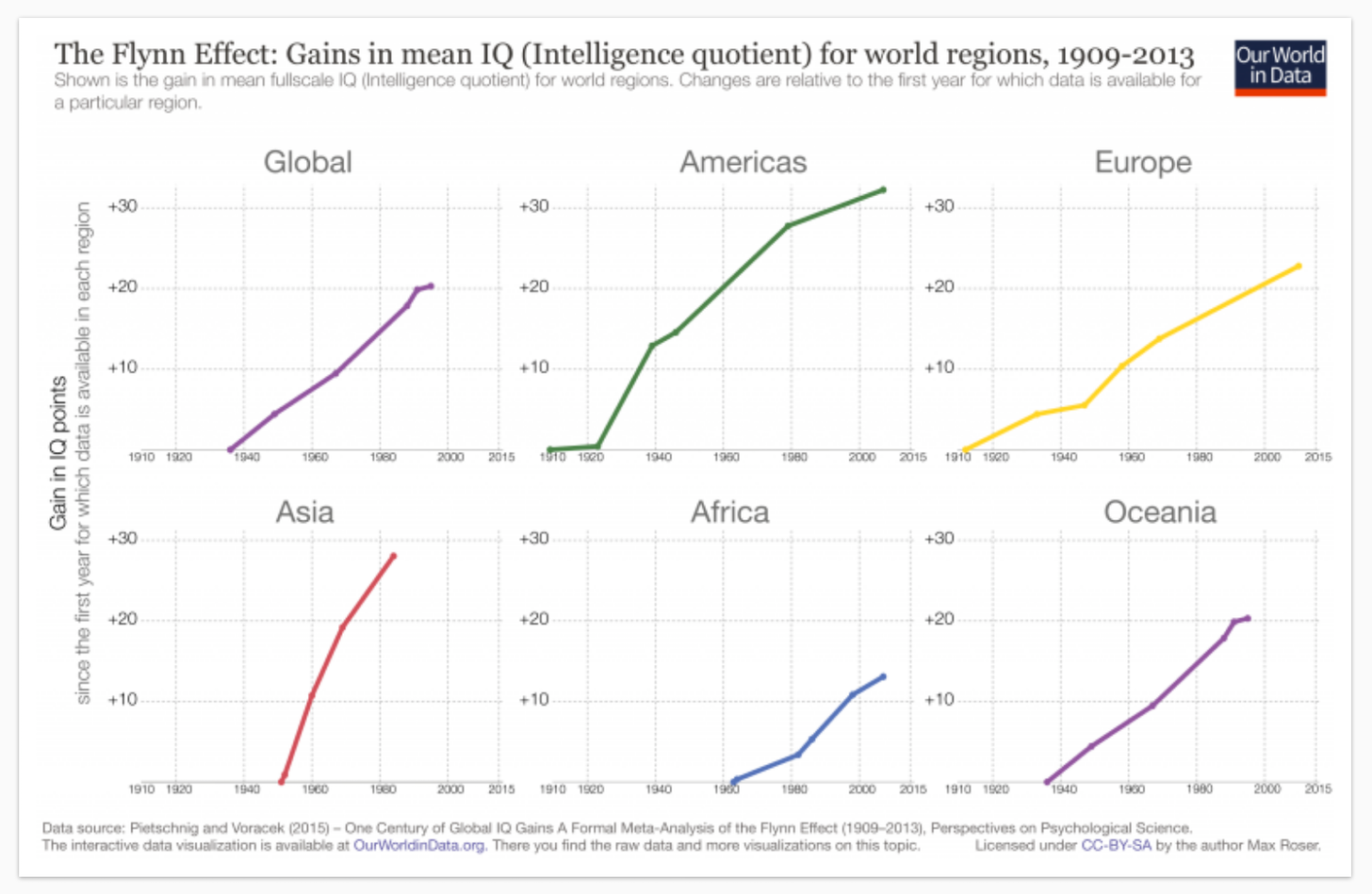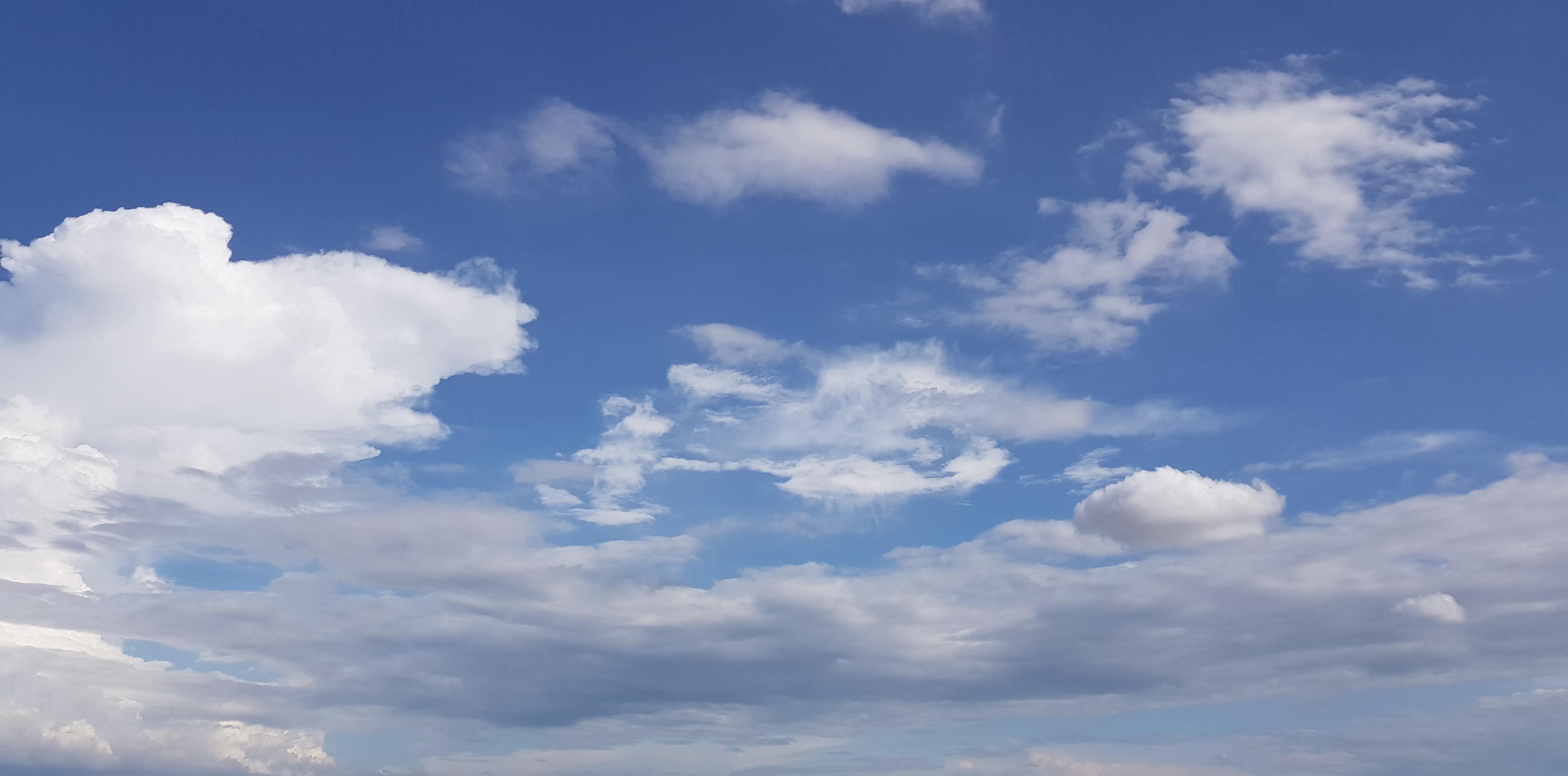When I was 10 years old growing up on a farm in rural Appalachia, I went for a walk with a group of friends.
As we walked up the overgrown driveway and by the crumbling barn behind my house, I heard a strange sound coming from the grass next to us.
I distinctly remember thinking two things at that moment: 1) that I’d never heard a sound like it before and 2) I still somehow knew it was a rattlesnake.
I turned towards the sound and saw a coiled-up rattlesnake hissing and shaking its tail just as I feared. We scampered away and called for our parents.
Hearing the sound then turning to see the rattlesnake is one of those childhood memories that’s stayed with me. I can easily replay it in my mind, and often do.
To this day I find myself wondering: how did I recognize that sound? What knowledge bank was I drawing from?
Collective consciousness
Many of our preconceptions come from something called the collective consciousness. In the late 19th and early 20th centuries, some important writers like Freud, Jung, and Durkheim were among the first to explore this domain.
Carl Jung first wrote about the “collective unconscious” in 1916, “that part of the psyche which retains and transmits the common psychological inheritance of mankind” as he later wrote in Man and His Symbols (1964). Jung went on:
“The further we delve into the origins of a ‘collective image’... the more we uncover a seemingly unending web of archetypal patterns that, before modern times, were never the object of conscious reflection... The fact is that in former times men did not reflect upon their symbols; they lived them and were unconsciously animated by their meaning.”
Jung and others present our collective consciousness as a narrative without an author. They naturally exist and emanate from God, gods, The True Nature of Things, or inherent ancient knowledge. They run so deep our awareness of them was a new phenomenon.
A civilization of the mind
Not long after these ideas were expressed, the power and origin of our collective consciousness changed.
This began in earnest with the invention of mass media — radio, television, and, biggest of all, the printing press. Mass media promised to affirm and defend the collective consciousness, which it did. It soon began controlling it as well.
Mass media defined the world with status quo ideals, sitcom archetypes, the normalization of consumer yearning, and an orderly view of the world that always fit into a half hour of sober national news.
Then the internet arrived.
The internet provoked a massive change in how collective consciousness was created. In the networked age our collective consciousness doesn’t emanate on high from God or the Ancients. It isn’t carefully curated and vetted by a status quo-supporting elite. In the networked age our consciousness is co-authored by everyone (who participates) on a minute by minute basis.
The significance of this change is hard to overstate. In the past, only God, the Ancients, and Big Three networks had the right to dictate our collective consciousness. After the internet, we all gained this ability to varying degrees.
Imagine the internet as the architecture for a giant global brain. Each of us is a neuron computing and analyzing the world around us. When one neuron learns something, it pushes the new idea back to the network. Each neuron interacts with the information from its own perspective, creating new connections and pushing those back to the group. It’s this loop that’s happening on a minute by minute basis as we all “process” news, events, and ideas. We respond to them based on our experiences, and through that collectively steer the mood and understanding in one direction or another.
The great development, crisis, and opportunity of modern life is that our collective consciousness has been digitized. It’s now represented in data. Our tweets, photos, location history, chat logs, and search histories are all part of the new collective consciousness that’s more accessible, manipulable, vivid, and Rashomon-like than ever before.
We condemn the network for the psychosis it has unleashed: abuse, disinformation, predatory behavior, the dark forest, an unsteady world. But of course the root problem behind all of these things is us. The internet is a mirror, not a magic ball.
Marc Andreessen wrote that software was eating the world. Benedict Evans wrote that because software did eat the world, all the world’s problems were now being expressed in software.
It’s more than that: our collective consciousness is now software, too.
Another day of pushing buttons on the electric box so that someone else has a good time using their electric box, to trick my brain into giving me the good chemicals.
— henry (@xdesro) March 10, 2020
Raising consciousness
A Boomer looks at a Gen Z’er staring at their phone on a bus and thinks, “These lonely kids wasting their time in screens.”
The Gen Z’er looks at the Boomer and thinks, “That lonely person isn’t talking to anyone. Maybe I shoul — hold up, four people just responded to my post.”
What it means to relate to one another and to participate in the collective consciousness has changed. Many see this as our downfall. But what if it’s merely different, and in some ways better?
One day recently my wife, a coach, said to me: “The kinds of things that people ask about in their first sessions are deeper than they used to be.”
I asked her what she meant by this.
“When people used to start working with me, they’d ask me to help them become better at their jobs, things like that,” she said. “But people now start deeper. They’re coming asking for meaning.”
This observation felt counterintuitive. And true.
We’re in the Valley of Despair when it comes to our emotional relationship to tech. The negatives (screen addiction, privacy concerns, isolation) are getting most of the attention. I’m part of it. I was quoted in 2016 saying “social media is as bad for our brains as smoking is for our lungs.” But I’ve come to believe that we’re ultimately getting smarter, more empathetic, and more aware of our world as a result of the network.
Each day we’re ingesting hours of information. We’re engaging in dozens if not hundreds of conversations. We’re learning from the perspectives of others. All those minutes spent meditating, listening to podcasts, and going down weird Wikipedia rabbit holes must add up to something, right?
We don’t yet have a GDP for collective intelligence, but if we did it would show a hockey stick going up and to the right.
Our intelligence and consciousness individually and collectively are growing as a result of the internet.
remember being on the left in the 00s. there was like rage against the machine, michael moore, nader, npr had alternative radio when they didn’t cancel it for the folk show, counterpunch if you were adventurous, you’d heard of maybe like four leftists, mainly chomsky. that was it
— Shuja Haider (@shujaxhaider) March 1, 2020
How to properly measure the kind of intelligence we’re developing post-internet isn’t clear. The most common intelligence metric is IQ, and a theory called the Flynn Effect, first observed in 1987, notes that IQ scores have steadily risen over time. Here it is visualized by Our World in Data:

Curiously, this effect has been shown to level off since the late 1990s. According to the current IQ test, our intelligence hasn’t grown much since the dawn of the internet.
Maybe this does mean the network is our downfall. Or maybe it means we’re growing in ways that we don’t yet know how to measure.
Fast time
The world has become more networked, our connections to one another have proliferated, and our collective computational power has greatly increased.
Look at COVID-19. Experts and non-experts communicating via the network sleuthed out death rates by age, built a cultural consensus on the importance of social distancing, and promoted the #FlattenTheCurve concept to give the call for collective sacrifice a brand. This came from the network, not from government direction, market forces, or business self-interest. This was the new brain doing its job.
As the number of neurons on a network increases, so does its processing power. This processing power has a secondary effect: it increases the throughput, allowing more events to be fed in, creating faster feedback loops. “The present is getting shorter and shorter,” sci-fi author William Gibson recently observed. The network’s faster processing is speeding up time. (The excellent sci-fi novel Hyperion refers to the time preceding the Web as Slow Time.)
Think of a sequence of events from this past week. Within an hour of Trump giving an Oval Office address about coronavirus, the NBA suspended its season, Tom Hanks announced he had it, and the markets tanked. We learned about each of these things instantly through the speed of the network, which increased the velocity of decision making and a cascade of actions in fast-forward from there. All of which is new. In an earlier era the NBA would have made the decision to suspend the rest of the season the next morning, and Tom Hanks would have saved his coronavirus story for the next movie junket.
The speed is bewildering, destabilizing, and quickly becoming a new normal. We’re hurling forward in the fuselage of what used to be everyday life refreshing the feed for the latest WTF developments.
reminiscing about the chill times when we’re only about to go to war with Iran
— ☕netw3rk (@netw3rk) March 9, 2020
Consciousness as ‘industrial’ revolution
We’re at the end of the first thirty year run of the internet. Investors are looking for the next technology. Is it virtual reality? Artificial intelligence? The blockchain?
Maybe the technology that’s coming after the internet is something else completely. Maybe it’s a networked form of consciousness. Might a new depth and level of human consciousness be the next ‘industrial’ revolution?
It could be something like a Metcalf’s Law of Consciousness. Metcalf’s law observes how the power of a network increases as its connections increase. Each connection unlocks greater potential. It could be similar with consciousness in our new global network. As more people join the network and new connections are created, the processing power goes up.
The opportunity before us is to better harness the network’s capacity for collaboration. Wikipedia, open source software, and the foundation of the internet itself are examples of what’s possible. But only a few moments — SOPA, net neutrality, this current one — have meaningfully brought the internet together beyond its corporate and cultural fiefdoms.
In a time when CO2 emissions and now a pandemic are our greatest threats, a mass expansion of self-awareness is the precise “technological” advance we need. We keep waiting for some machine to purify the atmosphere or some miracle vaccine. But the real innovation is to recognize that we’re not isolated actors, we’re a network. Which is exactly what COVID-19 is vividly reminding us of right now.
The internet is both the architecture and the massive social revolution that’s enabling new levels of communication, cooperation, empathy, and knowledge, the exact skills we need to face these challenges. This collective brain we’re all now part of, for better or worse, will be key to solving them. This won’t happen by choice. It will happen by necessity.
In earlier times it was critical for our collective consciousness to identify a rattlesnake’s quiver in the grass. Today’s challenges are different. The good news is that as formidable as these challenges are, each tweet, worried email, and overly long newsletter we send could be our small neuron playing its part in shaping the collective consciousness.
Linknotes
- “How much information is there in the world?” by Michael Lesk (1997) estimates that it would be possible to digitally store all memories of every person on Earth:
“With something like 6 billion people on earth, that makes the total memory of all the people now alive about 1,200 petabytes... We can store digitally everything that everyone remembers. For any single person, this isn't even hard. [Another paper] estimated that people only take in and remember about a byte a second; a typical lifetime is 25,000 days or 2 billion seconds (counting time asleep). The result is 2 gigabytes, or something that fits on a laptop drive.”
-
Man and His Symbols by Carl Jung — Very readable and interesting book. More alive and less clinical than I expected.
-
“Within the Context of No Context” by George S. Trow — A phenomenal New Yorker piece from 1980 about demographics, ratings, and the meta-game.
-
Meaningness by David Chapman — A fascinating e-book I’ve been working through.
-
Hypernormalization by Adam Curtis — For watching not reading, but explains the accelerating chaos of culture.
-
People do have an evolutionary disposition to fear snakes so my recognition of the rattlesnake was probably instinctual. Or maybe it came from this (but I think I was too young to have seen it at the time).
-
Thanks to Rhys Lindmark, Justin Kazmark, and Jamie Kim for reading drafts of this essay.
Peace and love my friends,
Yancey
The Bento Society

